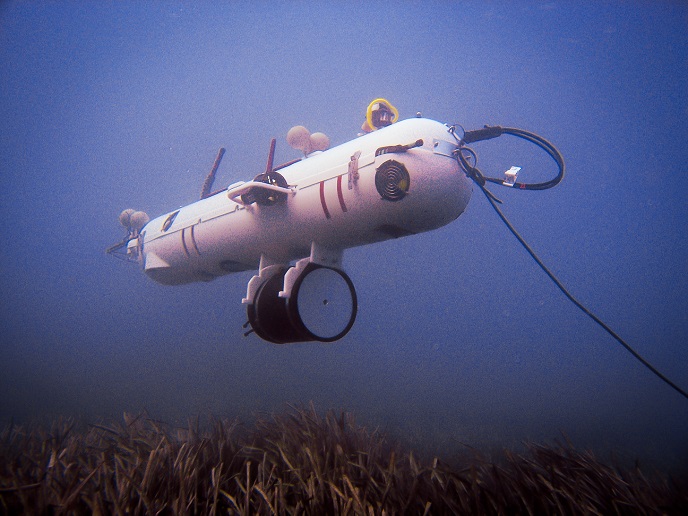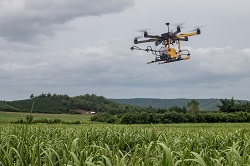All-in-one sensor aims to ensure safe drinking water
Microbial pathogens, chemical contaminants and other hazardous agents present critical health threats to drinking water supplies. In fact, the WHO estimates that 80 % of diseases are waterborne. “Main sources of freshwater pollution include the discharge of untreated waste, dumping of industrial effluent, and run-off from agricultural fields,” explains CENSE(opens in new window) project coordinator Franck Barrere from EFS(opens in new window) in France. “Drinking water supply systems are also vulnerable targets for terrorism.”
Challenges of measuring chlorine
The European Drinking Water Directive(opens in new window) stipulates that drinking water must be free of any microorganisms, parasites or substances that could potentially endanger human health. To eliminate any potential health threats, most disinfected water in the Western world contains chlorine. Levels of chlorine must be between 0.3 mg/l and 1.0 mg/l, in order to be efficient in removing contaminants, yet not harmful to human health. Ensuring these levels are respected can be difficult to achieve without precise and continuous measurements being taken all along the distribution network. “When we asked water supply service providers about key issues relating to the monitoring of drinking water during a workshop in 2010, the response was overwhelmingly the need to resolve the issue of chlorine sensors,” says Barrere. “Distribution networks present harsh conditions for sensors to operate in. Existing solutions – including colorimetric methods and electrochemical technology – are not always ideal for use in pipes. We recognised that there was a need for an accurate and cost-efficient solution to this challenge.”
Sensors for extreme conditions
The objective of the CENSE project was to develop a probe capable of continuously measuring key water parameters to ensure water quality and the proper functioning of distribution networks. Specifically, Barrere and his team wanted to develop an all-in-one probe combining six water quality monitoring sensors in one: temperature, turbidity, pressure, conductivity, flow rate and chlorine. “To achieve this, the first step was to resolve technological obstacles,” says Barrere. “For this, we focused on achieving low energy consumption, miniaturisation and resistance to severe conditions.” Various sensors and components were then trialled and validated. Finally, the design and manufacture of a batch of 15 complete probes for laboratory and on-site tests were developed, in collaboration with water distribution companies. “We also conducted market studies in France, Europe and around the world to help us position our product and identify key marketing needs,” adds Barrere.
Ensuring safe drinking water
Barrere and his team succeeded in validating the design of their probe, and in demonstrating their ability to function and monitor water in extreme conditions. The principal beneficiaries of this new technology will be drinking water distribution networks, which will be able to install the probes as part of their intelligent water management solutions. “This will allow them to continuously monitor water quality and optimise disinfection by using optimised amounts of chlorine,” remarks Barrere. “Communities and citizens will then benefit from safer drinking water supplies.” Critically, probes could also be used to detect leaks. An incredible 20 % of drinkable water is lost along the distribution chain, which represents a significant economic and environmental cost. Identifying leaks early would enable repairs to be carried out quickly and efficiently, ensuring cost savings to be made and more efficient use of a valuable resource. Next steps include fine-tuning the final design of the probes and carrying out further tests. Three patents are currently being secured, and Barrere expects commercialisation to begin before the end of 2023.







